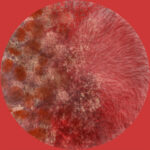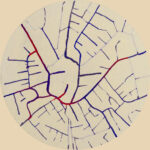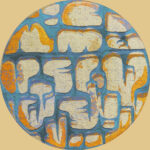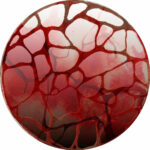The Covid-19 pandemic has often been associated with images of bats. Indeed, the SARS-CoV-2 virus is very close to coronaviruses circulating asymptomatically among bats. Bats are therefore considered as reservoirs of zoonoses caused by coronaviruses, crossing species borders and passing by intermediary animals. But rather than a bat threatening humans, we should imagine a bat suffering from the same symptoms as humans. This would be a much more interesting answer to the famous question: “What is it like to be a bat?”
Stephanie Erev has recently returned to this question raised by Thomas Nagel in 1974 in her philosophical analysis of an epizootic affecting North-American bats in 2005, named white-nose syndrome. It was caused by a fungus, Pseudogymnoascus destructans, which spreads in colonies of bats when they take refuge in caves during winter. Bats die massively when they encounter this parasite, because constant itching prevents them from hibernating. The white-nose, rather than being a sign of cold, makes bats similar to ghosts who cannot find a resting place. This parasite caused no harm in European bat colonies where it was endemic, but North-American bats had to find a new way to co-evolve with it at their own expense.
White-nose syndrome is not a zoonosis, and therefore is not transmissible to humans. But it could give us a perspective of what it is like to be a bat. Bats live upside down among interspecies colonies, in caves, trees or cellars. They orient themselves by echolocation, which led scientists at the beginning of the 19th century to blind them and follow their movements in the dark. Humans have long studied bats for what makes them unique as mammals, such as flight and echolocation. They now study bats for what they have in common with them, such as fungi and viruses. As anthropologist Eduardo Viveiros de Castro noticed, a perspective is more than a point of view: it is a possibility of becoming. We may never know how bats see us, because they are blind and perceive movements through their ears. But we may understand what it feels to hibernate with a multispecies colony in a cave full of parasites. When we look at ourselves from the perspective of a bat hibernating with her head upside down, our problems are reversed and we perceive another way to live in the same world.
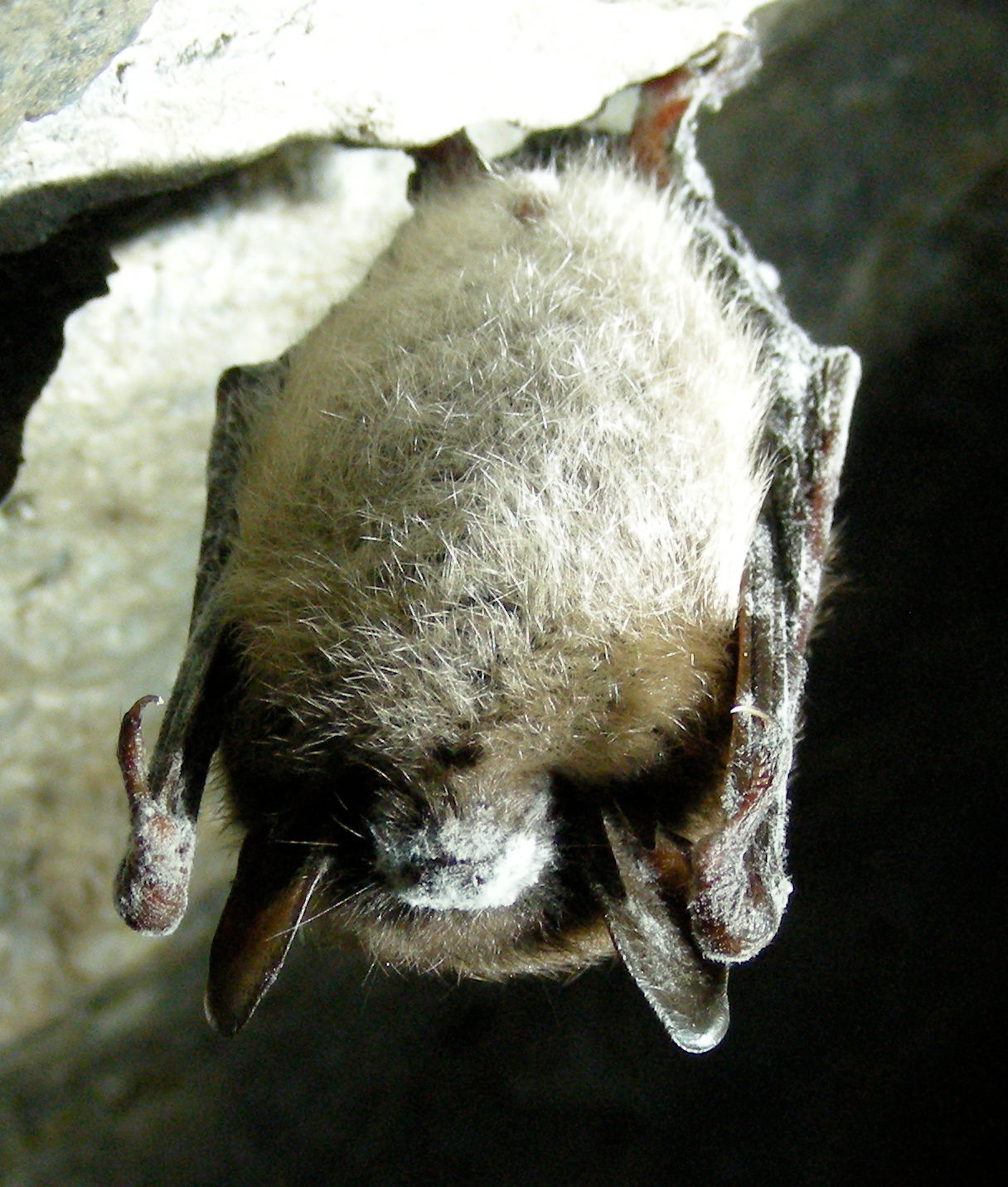
Little brown bat with white-nose syndrome in Greeley Mine, Vermont, March 26, 2009; United States Fish and Wildlife Service.
It is interesting to notice that all the debates on the potential chain of transmission of SARS-CoV-2 from bats to humans involve questions of temperature. Four hypotheses are currently discussed. The first involves a direct transmission from bats to humans in a cave where miners collected guano. Coronaviruses jumping from bats to humans cause immune panics in human organism, called cytokine storm. Bats have developed immune systems which allow them to resist high body temperatures caused by flight. They constantly repair their organisms and have a long life expectancy without showing signs of aging. They have a small gut microbiome by comparison with other mammals, maybe to reduce their weight in flight. We can thus hypothesize that bats have developed techniques to reduce inflammation caused by coronaviruses, whereas humans have invented technologies of flight which trigger a global inflammation when they transmit bat coronaviruses. The second hypothesis is a transmission by an intermediary animal species, such as pangolins, consumed in southern China to protect against fever, or minks, whose fur is increasingly sold in North China to protect against the cold. The third hypothesis is that frozen products imported from abroad, such as salmon or shrimps, have introduced the virus to China. The fourth hypothesis is that a bat virus collected by virologists and conserved in a freezer has escaped from the laboratory in which it was studied.
These hypotheses will have different consequences for measures of biosecurity, which will lead to reinforce distances between humans and bats. But if we perceive the chain of transmission more ecologically through the perspectives of bats, we may question how we can live at a good temperature in a warming globe. The capacity of bats to regulate their body temperature by immune reactions to parasites may be an indication of the process that is currently undergoing at the global level. In this sense, bat colonies may be, more than a reservoir of pathogens, sentinels of pandemics in a world under climate change. This doesn’t mean only that climate change has affected the behaviour of bats and increased their proximity with humans, but rather that the immune system of bats may be a model of how to freeze, or at least cool down, the inflammatory movements of humans on the planet. While we now face a coronavirus which prevents us from flying, we may take lessons from the image of a parasite that prevents bats from hibernating.
